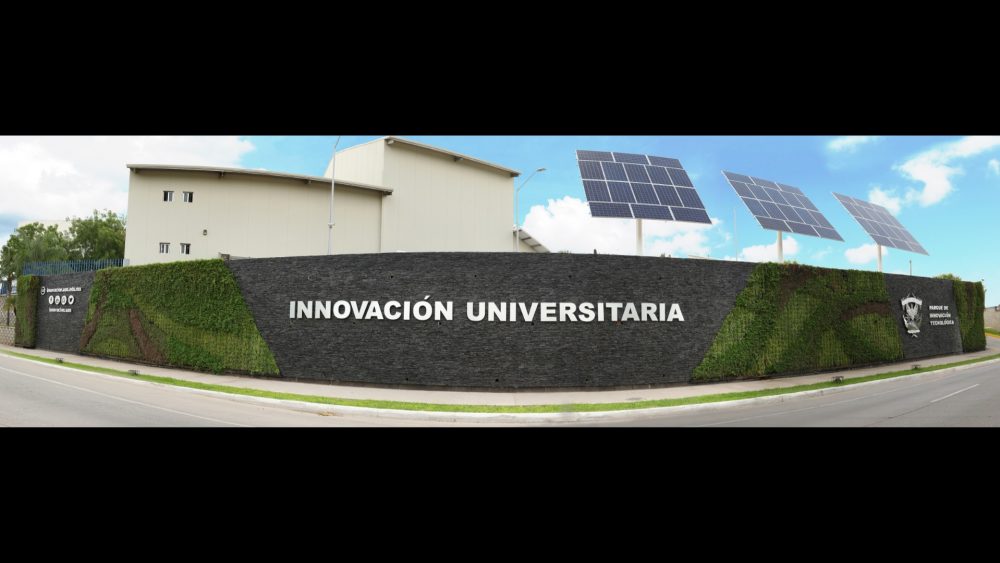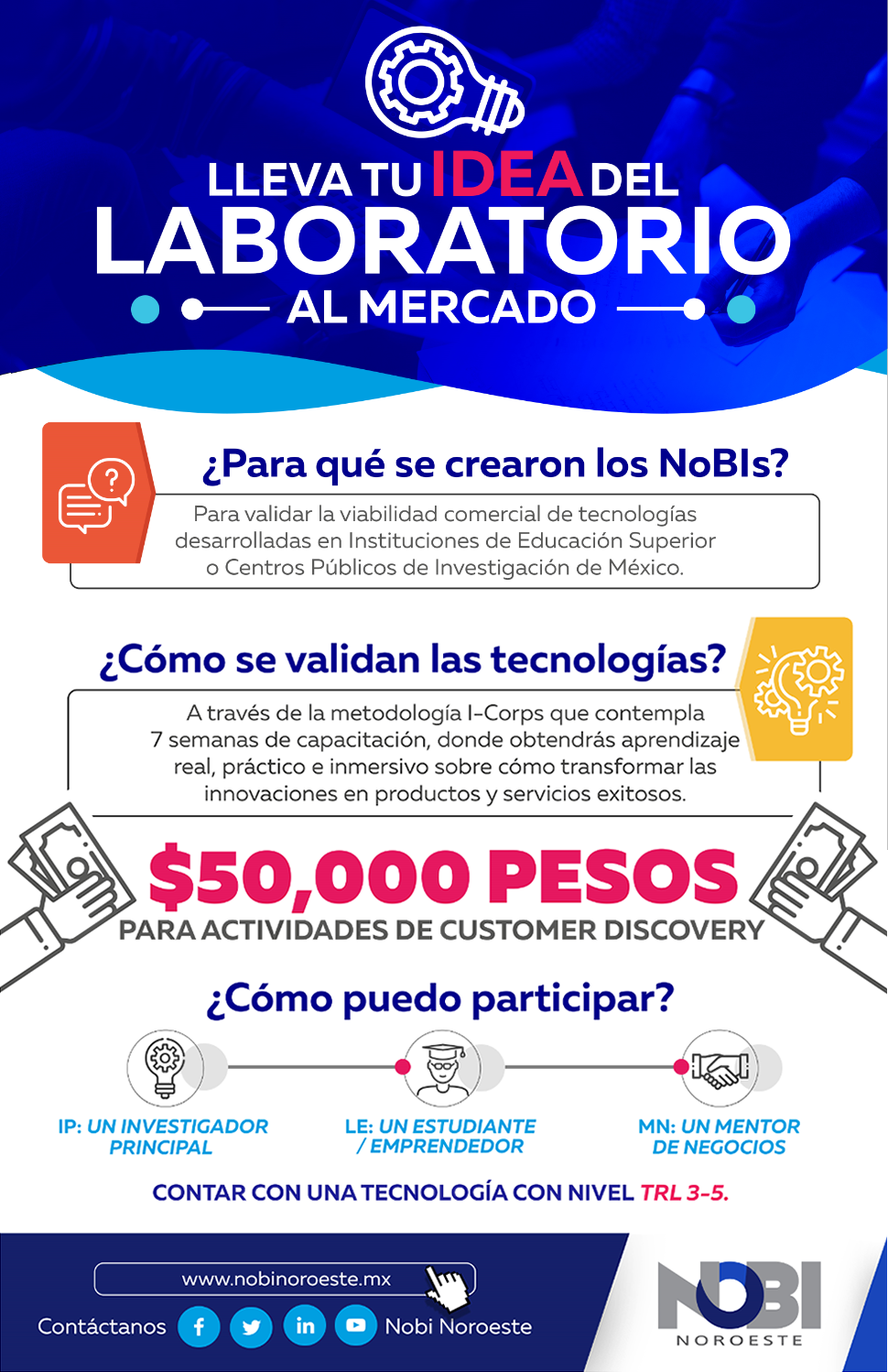Culiacán, Sinaloa. June 27th, 2016 (Conacyt Information Agency). Every year, three states of the country register an increase in their temperature that overpasses the 50 Celsius degrees mark. According to the National Meteorology Service (Servicio Meteorológico Nacional, SMN) and the National Water Commission (Comisión Nacional del Agua, Conagua), states such as Chihuahua and Sonora had reached 50 degrees Celsius, followed by Sinaloa, which during the first days of this month reached 48 degrees.
The previous data force Sinaloa’s scientists to experiment with the creation of sustainability projects that allow to diminish the heat in homes and businesses, reducing the high costs of electrical consumption.
For this purpose, the Technological Innovation Park (Parque de Innovación Tecnológica, PIT) from the Autonomous University of Sinaloa (Universidad Autónoma de Sinaloa, UAS) has created a vertical garden, which is capable of reducing up to 10 Celsius degrees the temperature of either open or closed spaces. New projects originated from this idea: solar trackers, a weather station, a smart parking lot and an electrical car. The combination of these projects was named Smart Eco-Park.
The general director of PIT-UAS, José Ramón López Arellano, made public that the so called Smart Eco-Park is unique of its kind and was developed as part of a shared project with the sinaloense enterprise HunabSys, and has the goal of experimenting with renewable energies and the absorption of solar energy through photovoltaic cells.
«During a talk, while doing a brainstorm, a project with the intention of doing a prototype of a solar tracker was conceived, the design of the hydraulic mechanism that this must have in order to start to run tests for solar gathering with it», he commented.
This, he added, because of studies made that confirm solar trackers are a more efficient method for energy gathering, achieving a 30 percent of energy gain when they start rotating, over the energy achieved by solar panels.
The project recently received the 2015-2016 Award to the Most Successful Linkage Experience of the Northwest Region Linkage Network of ANUIES’s HEI, TI and RC. It was given by the Regional Council and the Northwest Region Linkage Network of the National Association of Universities and Higher Education Institutions (Asociación Nacional de Universidades e Instituciones de Educación Superior, ANUIES), during this association’s session held at Mazatlán, Sinaloa.
UAS’ rector, Juan Eulogio Guerra Liera, pointed out that the institution looks forward to drive this type of projects in order to obtain innovative significance at an international level.
«This kind of projects give us the possibility of working with international agents, either with these projects (in linkage with institutions or enterprises), or also getting funds that will allow us to settle on the proposals that we have here», he said.
The vertical garden
The initial idea of building a vertical garden, said PIT’s director, consisted in a wall that would help us to reduce a building or a housing complex temperature, and was also decided that this wall would go in harmony with the Riberas Park, which is located in front of the PIT, next to the Tamazula river, in Culiacán.
«The project was about sustainability and the usage of ecological resources in urban complexes. We do this as a University, in terms of innovation, and as professional developers of the city and the state, trying to line up with a development plan for the country », commented López Arellano.
The developers found that besides of being a showy and different covering, this kind of gardens generates several benefits, one of them is the notable reduction of carbon footprint and the temperature reduction at insides and outsides.
«If we apply this kind of covering on buildings, you can reduce between 20 to 40 percent the temperature generated by the sun inside the facilities. If this room has a temperature of 40 degrees Celsius, you can lessen it to 35 or even 30 degrees», he shared.
The benefits can be measured with the necessity cut down in the usage of cooler systems and the electrical energy saving.
This vertical garden main characteristic is its irrigation system, he added. It controls the irrigations schedules according to the seasons, preventing a lack or an overwatering.
The parking lot
The project consists in the use of a cellphone app that notifies the user if there are parking spots available within the parking lot and, if there is at least one, access to the parking lot will be granted through the mobile device.
«In the parking lot, there’s a barrier gate that controls the access and, before letting you in, checks if there are empty spots, if that’s the case, then it grants you access. The app is available for iOS and Android», pointed out López Arellano.
The smart parking lot has 17 available spots, one of them for individuals with disabilities, and also has an area exclusively for the parking of bikes, the reason being that many of the PIT workers use this as their main transportation method.
Electric car
Developers came up with the project of an electric car. With their business model, HunabSys is seeking venture in this kind of vehicles.
«Due to the experience they have and the university’s experience, we were able to settle on a project to transform the car’s internal combustion engine to an electric one, for this experiment the business donated a truck and the first step was converting it to an electric vehicle», he said.
In the long-term, the institution is planning to create an electric car adding big data and internet of things concepts.
«To settle this project, the learning curve consist in knowing the basis, and one of these basis was the car’s internal transformation from a combustion engine to an electric engine. We put this basis as a second stage so we could be able to see what would the car need to function, and once we got this know how, be able to design it and work on the car’s modelling», he announced.
Solar trackers
Currently PIT-UAS has 80 percent of advance on three solar tracker’s placement. This month the electrical installation will be concluded, afterwards would start the weather station building and the irradiance measuring.
«A mechanical and hydraulic system with sensors was designed, this system will detect the solar irradiance and, through an algorithm that calculates the hour regarding the solar sensor, will start to rotate with the developed mechanism complex that is under the base were the solar cells are located». This, he added, will allow to capture 30 percent more energy.
The weather station
With the weather station, HunabSys and PIT are looking for temperature precision on the wanted point.
«The weather measurements offered by a cellphone, the computer or any mobile device are only from a specific spot, and in most cities this place is the local airport, nevertheless, the weather is not the same in all the city’s locations», he recalled.
If the airport, he said, is located in a city’s remote area, it is possible that the weather is fresher there, so for this reason it cannot determine the real weather of an urban complex placed inside the city.
«A station’s prototype was made, we only need to acquire the necessary tool so it can last the everyday use. This, next to the development of an app inside of our facilities, could give us a measurement of the real weather outside», he commented.
It is also possible, said López Arellano, to work on this kind of technology in benefit of Sinaloa’s agriculture.
«It would offer a real measurement of the hectares that they have and more exact readings of the weather, in order to prevent a natural phenomenon, but this monitoring will be only of a field and not the space placed thousands of miles away from the plantations», he shared.
Is about fostering in Sinaloa the usage of technology implemented in countries such as Spain, which is leader in this kind of tech.
Source: CONACYT News Agency, translated by Belem Ruiz (Edition and Communication, PIT-UAS).



 Parque Científico Tecnológico, Universidad Autónoma de Sinaloa © 2015
Parque Científico Tecnológico, Universidad Autónoma de Sinaloa © 2015